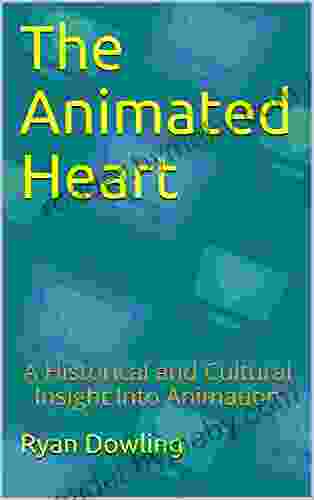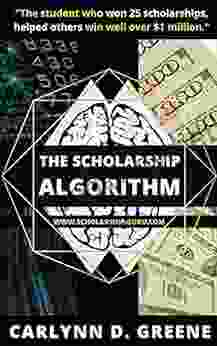Historical and Cultural Insight into Animation: A Tapestry of Art, Technology, and Imagination

Animation, a dynamic and captivating art form, has captivated audiences of all ages for over a century. From the flickering images of early shadow plays to the sophisticated computer-generated worlds of today, animation has evolved into a ubiquitous and influential medium. This article delves into the rich history and diverse cultural influences that have shaped animation, tracing its origins, exploring its evolving techniques and styles, and examining its profound impact on our collective imagination.
The Dawn of Animation: From Shadow Play to Celluloid
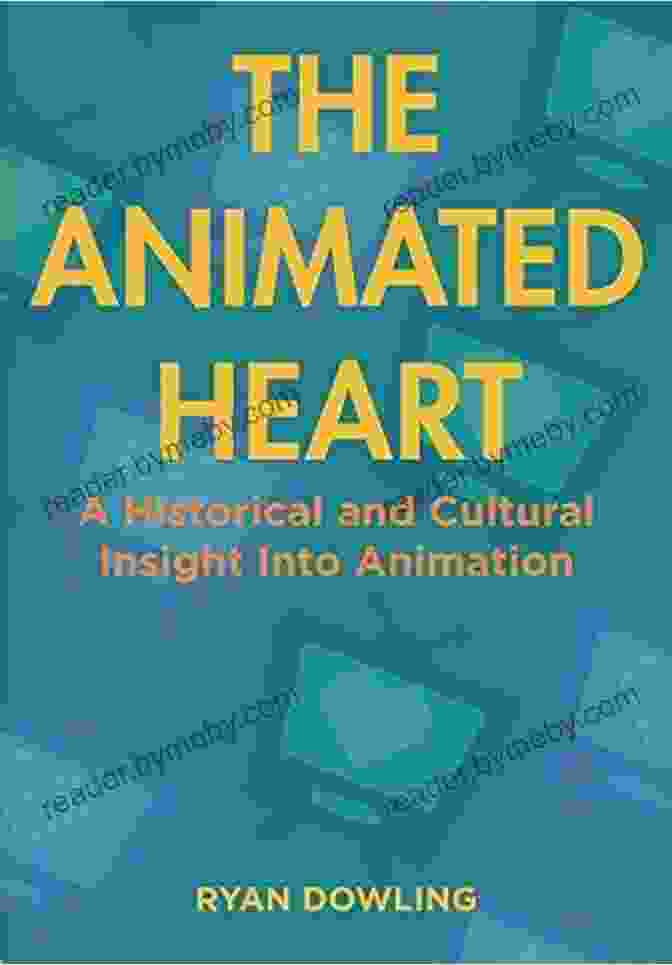
5 out of 5
| Language | : | English |
| File size | : | 18667 KB |
| Text-to-Speech | : | Enabled |
| Screen Reader | : | Supported |
| Enhanced typesetting | : | Enabled |
| Word Wise | : | Enabled |
| Print length | : | 349 pages |
| Lending | : | Enabled |
The earliest traces of animation can be found in prehistoric cave paintings, where figures appear to move when viewed in rapid succession. Around 400 BC, the Greek philosopher Plato described a device called the Thaumatrope, which used spinning discs to create the illusion of movement. In the 19th century, inventors such as William Horner and Jules Marey developed devices like the Phenakistoscope and the Chronophotographic Gun, which further refined the principles of animation.
The birth of modern animation is widely attributed to James Stuart Blackton, who in 1906 created the first fully animated film, "Humorous Phases of Funny Faces." This short film, consisting of a series of hand-drawn images photographed in sequence, marked the beginning of a new era in visual storytelling.
Golden Age of Animation: The Rise of Disney and Beyond

The 1920s and 1930s witnessed the Golden Age of Animation, characterized by the emergence of major animation studios such as Walt Disney Productions. Disney, with its groundbreaking films like "Snow White and the Seven Dwarfs" (1937) and "Fantasia" (1940),popularized the use of cel animation and set new standards for storytelling and artistic excellence.
Other notable studios during this period included Warner Bros. (known for its "Looney Tunes" and "Merrie Melodies" series),Fleischer Studios (creators of "Betty Boop" and "Popeye"),and MGM (responsible for the beloved "Tom and Jerry" cartoons). These studios developed distinct styles and characters that continue to resonate with audiences to this day.
Post-War Animation: Innovation and Diversity
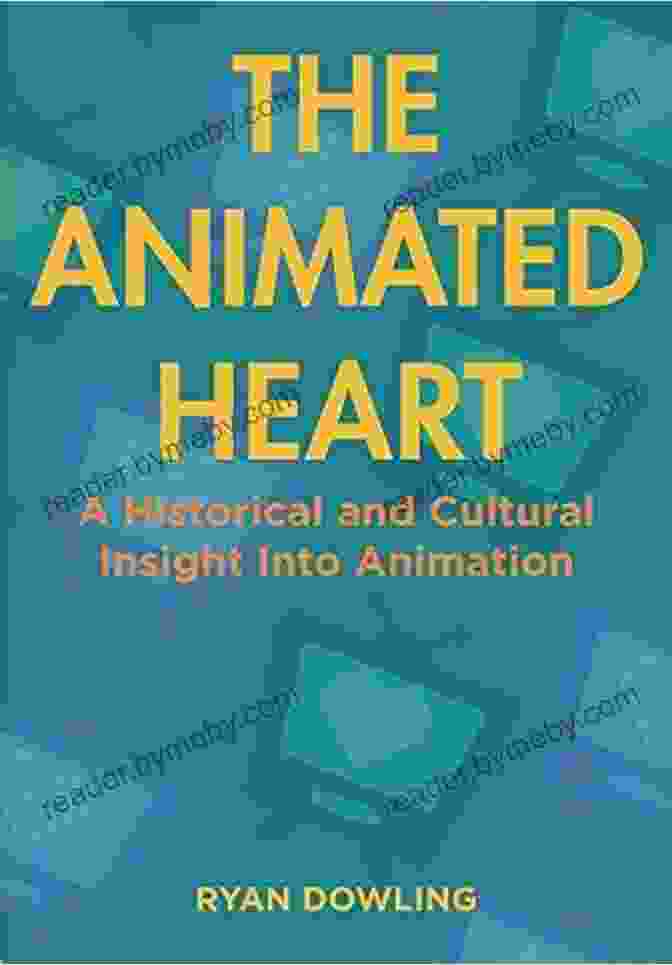
After the Second World War, animation underwent significant experimentation and diversification. The rise of independent animators and the advent of new technologies opened up新たなpossibilities for artistic expression.
In Japan, anime emerged as a distinct animation style, known for its vibrant colors, dynamic action, and complex storytelling. Studios like Toei Animation and Studio Ghibli produced groundbreaking anime films and series that captivated audiences worldwide.
In Europe, animators such as Norman McLaren and John Halas explored abstract and experimental animation techniques. In the United States, independent animators like Ralph Bakshi and John Lasseter pushed the boundaries of storytelling and animation technology.
The Digital Revolution: A New Chapter in Animation

The late 20th century witnessed the advent of digital animation, which transformed the industry yet again. Computer-generated imagery (CGI) allowed animators to create virtual worlds and characters with unprecedented levels of realism and complexity.
The first fully computer-animated feature film, "Toy Story" (1995),was a groundbreaking achievement that signaled the beginning of a new era in animation. Studios like Pixar, DreamWorks, and Blue Sky Studios embraced CGI technology to create critically acclaimed and commercially successful animated films.
Digital animation also opened up new possibilities for storytelling and artistic expression. Animators could now create worlds and characters that were limited only by their imaginations, leading to a proliferation of animated films spanning a wide range of genres, from fantasy and adventure to science fiction and historical dramas.
Cultural Impact of Animation

Animation has had a profound impact on our collective imagination and culture. Animated films and television shows have shaped our perceptions of the world, influenced our values, and provided us with countless hours of entertainment.
Animation has played a significant role in shaping our childhood memories. Beloved characters like Mickey Mouse, Bugs Bunny, and Elsa have become cultural icons, embodying the magic and wonder of the art form.
Beyond entertainment, animation has also been used to educate, inform, and inspire. Animated documentaries have shed light on important social and environmental issues, while animated educational films have made complex concepts accessible to young learners.
Animation is a vibrant and ever-evolving art form that continues to captivate and inspire audiences worldwide. From its humble origins in prehistoric cave paintings to the sophisticated digital worlds of today, animation has come a long way.
This historical and cultural journey has provided us with a glimpse into the diverse influences, transformative techniques, and profound impact of animation. As the art form continues to evolve, we can anticipate new and exciting ways in which animation will touch our lives and shape our collective imagination.
5 out of 5
| Language | : | English |
| File size | : | 18667 KB |
| Text-to-Speech | : | Enabled |
| Screen Reader | : | Supported |
| Enhanced typesetting | : | Enabled |
| Word Wise | : | Enabled |
| Print length | : | 349 pages |
| Lending | : | Enabled |
Do you want to contribute by writing guest posts on this blog?
Please contact us and send us a resume of previous articles that you have written.
 Book
Book Novel
Novel Page
Page Chapter
Chapter Text
Text Story
Story Genre
Genre Reader
Reader Library
Library Paperback
Paperback E-book
E-book Magazine
Magazine Newspaper
Newspaper Paragraph
Paragraph Sentence
Sentence Bookmark
Bookmark Shelf
Shelf Glossary
Glossary Bibliography
Bibliography Foreword
Foreword Preface
Preface Synopsis
Synopsis Annotation
Annotation Footnote
Footnote Manuscript
Manuscript Scroll
Scroll Codex
Codex Tome
Tome Bestseller
Bestseller Classics
Classics Library card
Library card Narrative
Narrative Biography
Biography Autobiography
Autobiography Memoir
Memoir Reference
Reference Encyclopedia
Encyclopedia Stephanie Spinner
Stephanie Spinner Patty Jansen
Patty Jansen Mary Thibodeau
Mary Thibodeau Roberto Pedreira
Roberto Pedreira Martin J Dockery
Martin J Dockery Lewis Thomas
Lewis Thomas Tania Grossinger
Tania Grossinger Richard A Jaffe
Richard A Jaffe Lisa Anne Curlin
Lisa Anne Curlin Pat Harvey
Pat Harvey Wendy Tones
Wendy Tones Tove Jansson
Tove Jansson Violet Kupersmith
Violet Kupersmith Sharone Stevenson
Sharone Stevenson Lewis Kirkham
Lewis Kirkham Stephen Chan
Stephen Chan William Dusinberre
William Dusinberre Piers Dudgeon
Piers Dudgeon Peter B Cotton
Peter B Cotton Sonia Misra
Sonia Misra
Light bulbAdvertise smarter! Our strategic ad space ensures maximum exposure. Reserve your spot today!

 Bruce SnyderCritical Care Board and Certification Review: Unlocking Excellence in Patient...
Bruce SnyderCritical Care Board and Certification Review: Unlocking Excellence in Patient... Joshua ReedFollow ·8.6k
Joshua ReedFollow ·8.6k Charles ReedFollow ·6.6k
Charles ReedFollow ·6.6k Darnell MitchellFollow ·12.6k
Darnell MitchellFollow ·12.6k Vernon BlairFollow ·2.8k
Vernon BlairFollow ·2.8k Orson Scott CardFollow ·8.4k
Orson Scott CardFollow ·8.4k Anthony BurgessFollow ·2.6k
Anthony BurgessFollow ·2.6k John UpdikeFollow ·10.7k
John UpdikeFollow ·10.7k Floyd RichardsonFollow ·10.2k
Floyd RichardsonFollow ·10.2k
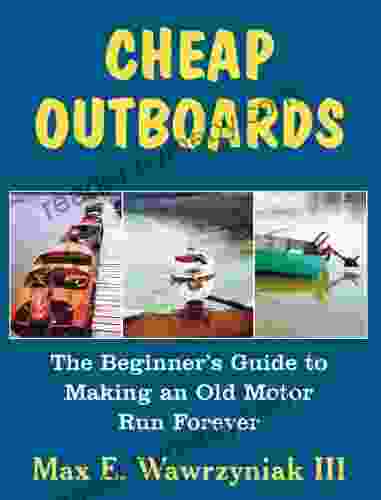
 Wayne Carter
Wayne CarterThe Beginner's Guide to Making an Old Motor Run Forever
If you're like most...
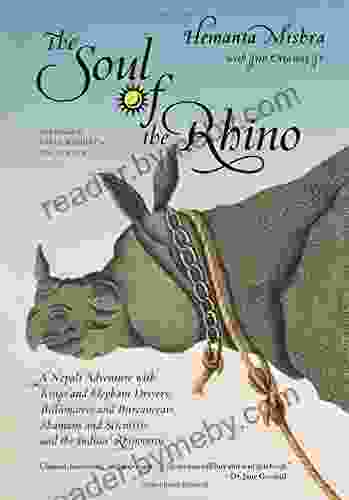
 Deacon Bell
Deacon BellNepali Adventure: Kings and Elephant Drivers,...
In the heart of the...
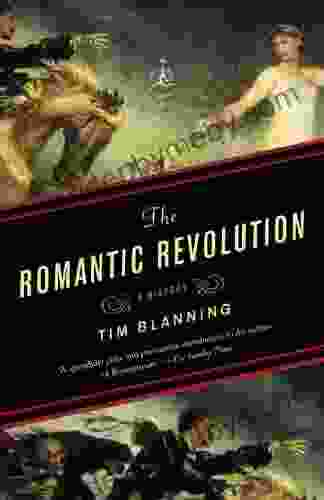
 Carlos Drummond
Carlos DrummondThe Romantic Revolution: A Journey Through History and...
Unveiling the...

 Kazuo Ishiguro
Kazuo IshiguroUnlock Your Inner Innovator: Dive into the New Wave...
Embark on a Transformative Journey of...
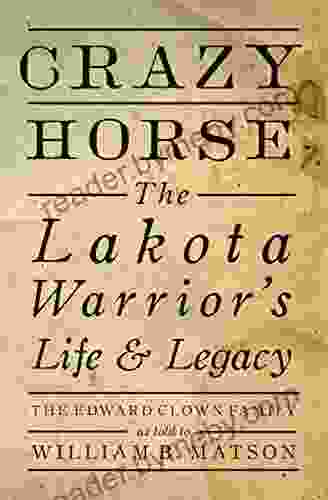
 William Golding
William GoldingCrazy Horse: The Lakota Warrior's Life and Legacy
In the annals of Native...

 Hector Blair
Hector BlairMildred and Richard Loving: The Inspiring Story of...
Mildred and Richard Loving were an...
5 out of 5
| Language | : | English |
| File size | : | 18667 KB |
| Text-to-Speech | : | Enabled |
| Screen Reader | : | Supported |
| Enhanced typesetting | : | Enabled |
| Word Wise | : | Enabled |
| Print length | : | 349 pages |
| Lending | : | Enabled |


